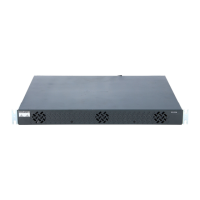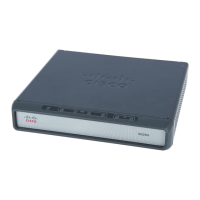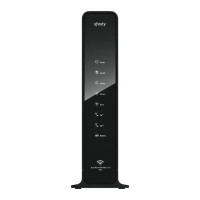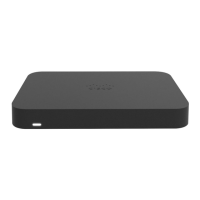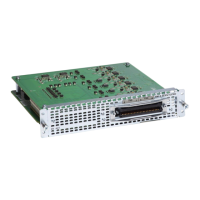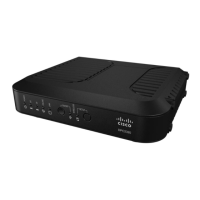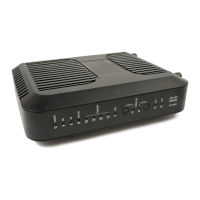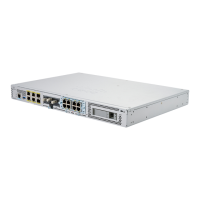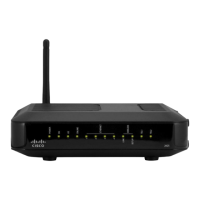Configuring Voice over IP
VoIP Basics
3
Cisco AS5350XM and Cisco AS5400XM Universal Gateways Software Configuration Guide
Figure 5 Call Legs
Legs connecting a local device (typically a phone, fax machine, or PBX) to a gateway are called POTS
(plain old telephone service) legs. Legs connecting a gateway to the IP network are called VoI P legs. A
POTS or VoIP leg is either inbound or outbound, from the perspective of the associated gateway.
Table 12 describes the different types of call legs.
A gateway uses two call legs—an inbound POTS with an outbound VoIP or an inbound VoIP with an
outbound POTS—to create an end-to-end call through the gateway. A call that passes through both an
originating gateway and a destination gateway has four call legs.
Call Flow
Table 13 and Table 14 detail the general call flow from the perspective of an originating and destination
gateway respectively.
Source Destination
Call leg 1
(POTS dial peer)
Call leg 2
(VoIP dial peer)
Call leg 3
(VoIP dial peer)
Call leg 4
(POTS dial peer)
35950
IP network
V V
Table 12 Call Legs
Call Leg Source Call Leg Destination Call Leg Type
Originating device Originating gateway Inbound POTS
Originating gateway IP network Outbound VoIP
IP network Destination gateway Inbound VoIP
Destination gateway Destination device Outbound POTS
Table 13 VoIP Call Flow, Originating Gateway View
Event Leg Type
User sends dialed digits using public switched telephone network to gateway. Inbound POTS
Gateway does the following:
• Processes information (maps dialed digits, according to information stored
in dial-peer configuration tables, either to an IP host that connects directly
to the destination gateway or to a PBX at the destination that can complete
the call).
• Initiates H.323 session across network.
• Processes voice signals and sends packets over network. As appropriate,
sends call-progress and other in-band signals.
• Ends session.
Outbound VoIP
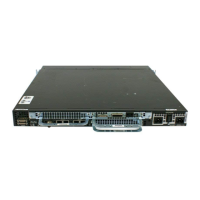
